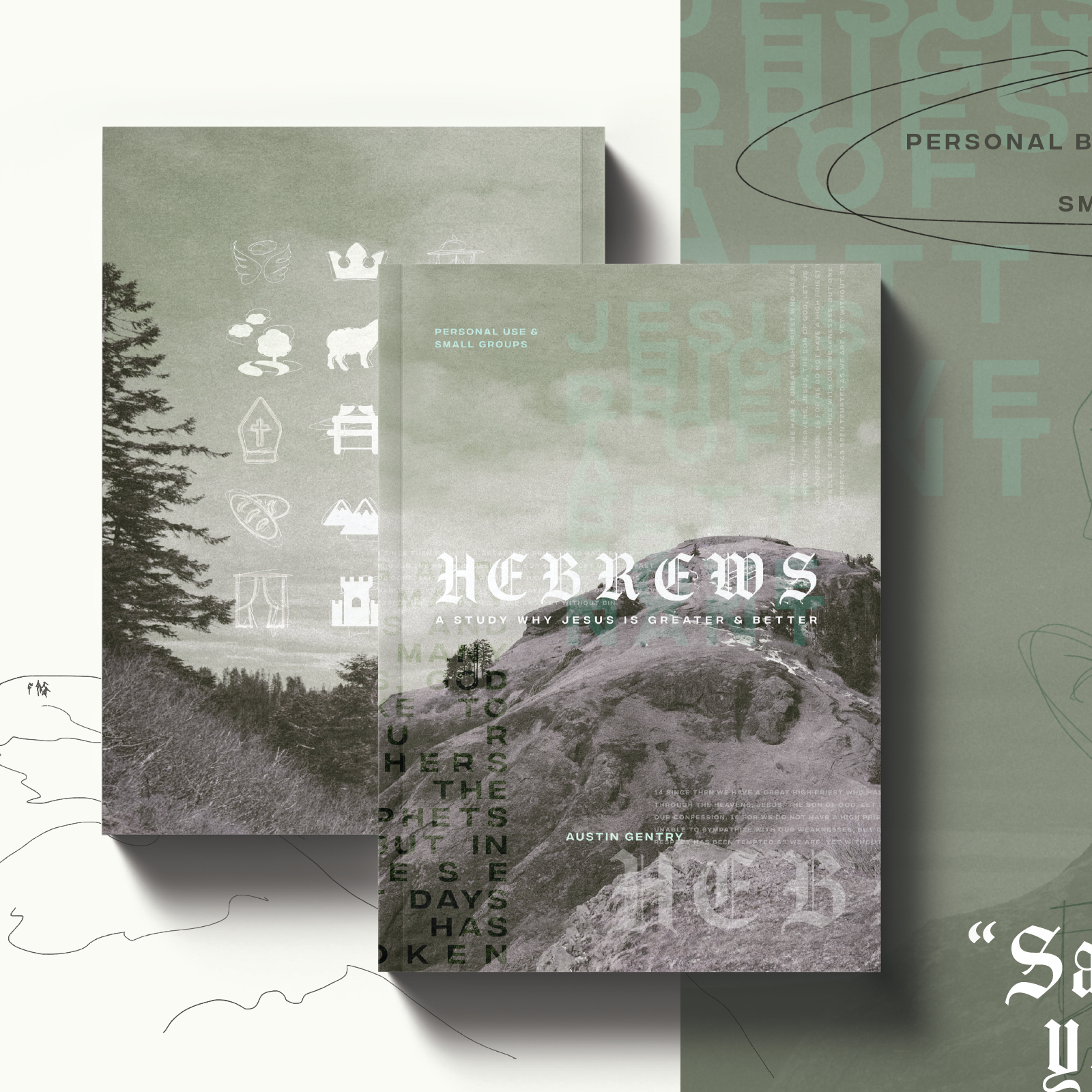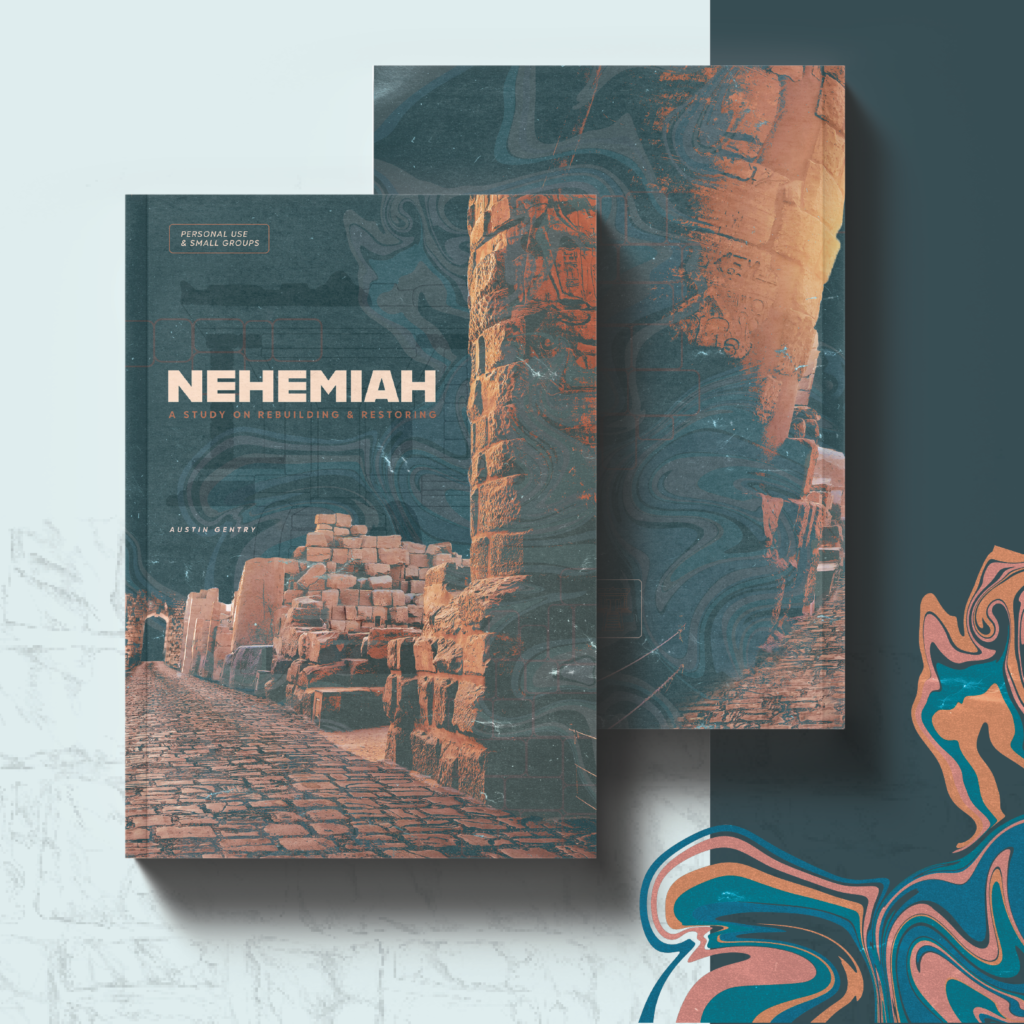The more I read the Bible, the more I see that it is not just a book of many different stories, but how it is a book of many stories that ultimately tell one story.
Many of us see the Bible as a composition of ancient, heroic, moral stories that inspire and teach us. But is there a way that any of these stories go together? Is there a thread of commonality? I’m not talking about some bizarre conspiracy theory like how all Pixar movies take place in the same galaxy (if you haven’t heard of this theory, it’s actually pretty cool, but that’s beyond the point).
However, Jesus himself is actually the one who first explicitly suggested such a ‘connection’ between all the stories in the Bible—and interestingly enough, he claimed that every story was ultimately about himself. In the gospel of Luke, he says to his disciples, “everything written about me in the Law of Moses and the Prophets and the Psalms must be fulfilled;” and “beginning with Moses and all the Prophets, he interpreted to [his disciples] in all the Scriptures the things concerning himself” (24:44, 27). Certainly, Jesus gives us the right glasses for correctly reading and interpreting the Scriptures.
The Bible, then, is not a book primarily about many stories, but a book ultimately about many smaller stories all telling the same, greater story. Jesus says all these stories ultimately point to himself, are fulfilled in himself, and find their greater meaning in his greater story. In other words, all other stories in the Bible are parts of the conflict and plot in the greater story of Jesus, in which the fulfillment of their story ultimately happens in his. In fact, his story is not just the fulfillment of these other stories; he is the fulfillment of these other stories. Because all the stories of the Old Testament point to, foreshadow, and find their ultimate fulfillment in Jesus, this also means that these stories will have figures, events, traditions, symbols etc. that will foreshadow Jesus Christ in more or less obvious ways. In this blog, I wanted to specifically focus on how the great Old Testament character, Moses, points to, foreshadows, and prefigures Jesus in many ways. Here’s a number of parallels I could think of, though, I am sure there are more. Check it out:
During the time of Moses, Pharaoh ordered a mass killing of every Hebrew baby under the age of 2 years old. During the time of Jesus, King Herod ordered a mass killing of every Hebrew baby under the age of 2 years old.
Moses came up out of Egypt to redeem his people. Jesus, though born in Bethlehem, at a young age fled with his family to Egypt and stayed there during his youth to avoid Herod’s persecution. And Jesus, too, like Moses, came up out of Egypt to redeem the world.
Moses was born without shelter, laid into a straw-thatched basket, floated down a river, and was picked up by Egyptian royalty. Jesus too was born without shelter, laid into a straw-filled stable, and was visited by Herodian royalty.
Moses grew up in the palace of Pharaoh, the highest place of esteem in his culture. Jesus grew up in the synagogues of Jerusalem, the highest place of esteem in his culture.
Moses was a Hebrew Levite. Jesus too was a Hebrew Levite.
Moses brought the Israelites out of slavery to Egypt. Jesus brought the Israelites and the world out of slavery to sin and death.
Moses received the 10 commandments from God on Mount Sinai. Jesus reinterpreted the 10 commandments from God in his Sermon on the Mount.
Moses carried the law and pointed to the gospel. Jesus fulfilled the law and IS the gospel.
The Israelites experienced 400 dark years of bondage to Egypt until Moses was born and came to rescue them. The nation of Israel experienced 400 dark years of silence from God until Jesus was born and came to save them.
Moses went through the wilderness and was doubtful to God before he began his ministry to redeem the Israelites. Jesus went through the wilderness and was tempted by Satan before he began his ministry to redeem the world.
Moses was royalty in Egypt, but left his position of power to serve and save an enslaved people. Jesus was royalty in Heaven, but left his position of power to serve and save an enslaved world.
Moses was inconceivably both royalty and slave at the same time, being a prince but also a Hebrew. Jesus is inconceivably both God and man at the same time, being the transcendent Son of God but also a descendent Son of Man.
God spoke to Moses through a bush that was on fire, but it was not consumed. Similarly, God speaks to us through Jesus’ body on a tree that took the fire of God’s wrath, but he was not consumed.
Moses parted the Red Sea. Jesus calmed the Sea of Galilee.
Moses chose 12 spies and sent them into the Promise Land. Jesus chose 12 disciples and sent them to proclaim the truer and better Promise Land, one not of earthly geography under God but one of spiritual restoration with God.
Moses pleaded that God would feed the thousands of Israelites so they wouldn’t die in the desert; God answered his prayer and miraculously provided more manna and quail from the heavens than they could possibly eat. In fact, there were loads upon loads of leftovers. Jesus pleaded that God would feed the thousands of followers so they wouldn’t starve in the countryside; God answered his prayer and Jesus miraculously provided more bread and fish than they could possibly eat. In fact, there were baskets upon baskets of leftovers.
God’s covenant was first given to Moses. God’s covenant is finalized in Jesus.
Moses is the author of the law. Jesus is the author of our faith.
Moses was the first mediator. Jesus is the final mediator.
Moses carried around the Ark of the Covenant and the makeshift tabernacle, which contained the presence of God. Jesus IS the presence of God, not limited to four walls or holy places.
Moses held up a pole with a snake on it, and everyone who looked upon it would be saved from their deadly snakebites. Similarly, Jesus was held up on cross, and everyone who looks upon it will be saved from sin, the Serpent’s sting of death.
Moses first initiated the Passover Lamb to absorb the wrath of God. Jesus is the final and ultimate Passover Lamb who fully absorbed the wrath of God for sin once and for all. The Passover Lamb of Moses was simply a shadow of the coming Passover Lamb of Christ.
Moses turned water into blood. Jesus turned water into wine.
Moses appropriated the law. Jesus accomplished the law.
Moses did not marry a full Jew, but actually a non-Jew who became grafted into the heritage of Israel. Jesus will marry the church, which is not fully Jews, but actually non-Jews as well, who became grafted into the saving heritage of Israel.
Moses led his people to the Promised Land, but not into it. Jesus leads his people to the better Promised Land—reconciliation with God—and will one day usher us into the eternal, ultimate Promised Land—heaven.
While the Israelites were dying of thirst in the desert, Moses struck a rock, and from the blow, it spewed water to quench their thirst. Similarly, while we are dying of spiritual thirst in the desert of spiritual alienation from God, God struck a better Rock for our sins, Jesus, and from the blow, it spews Living Water to quench our thirst of spiritual alienation from God.
And I am sure that there are more parallels. The point is, you can’t make this up. And this is exactly why I believe it is true. All of history is a book upon which God writes a story of unparalleled brilliance about his unparalleled glory to tell the greatest story ever told. Jesus is the centerpiece of all reality and it made God glad to glorify his Son in this way. If anything, Moses—as great as he is—is merely a sign, a pointer, and a shadow of the truer and greater Moses, JESUS. __________ Here are some more examples, though some are more far-fetched… http://www.confidentfaith.net/moses-and-jesus-devine-similarities


